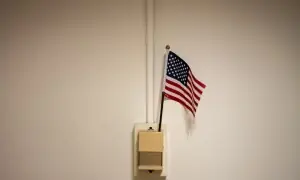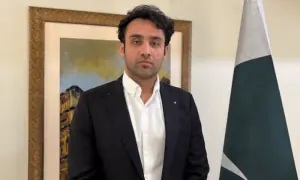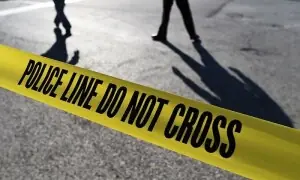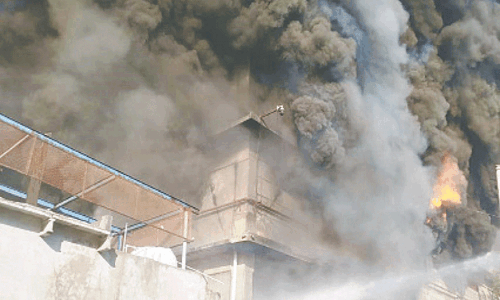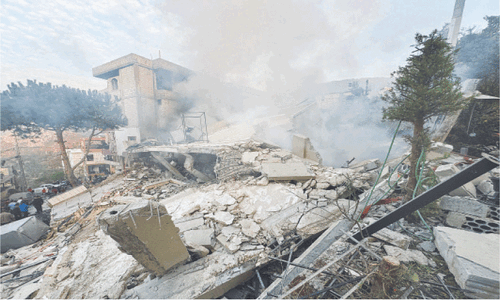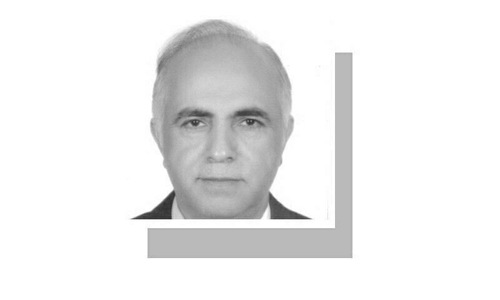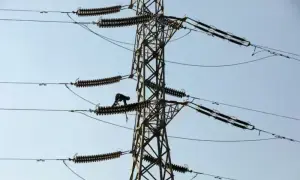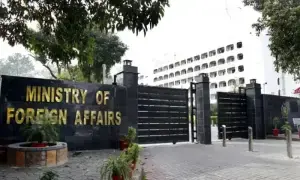As the novel coronavirus pandemic continues to upend lives across the world and leaves governments scrambling to take containment measures, one phrase is fast turning into a rallying cry to minimise losses from the disease — 'Flatten the curve'.
The phrase refers to a specific graph that shows the number of COVID-19 cases over time.
The graphic, created by the US Centres for Disease Control and Prevention (CDC) and adapted by population health researcher Drew Harris, reflects how a spike in cases in a short period of time could inundate healthcare systems and why delaying infections through protective measures is crucial.
In the graph above, the curve in red shows the sharp spike in cases that could occur if states don't take preventive measures. In such a scenario, a huge volume of cases overwhelms the healthcare system, leaving many critical patients without hospital beds and other medical equipment such as ventilators, according to NPR.
The situation described above can likely be averted through preventive measures and by people practising "social distancing" — avoiding public spaces and generally limiting their movement. This would result in a lower number of cases being reported and the cases getting spread out over a longer period.
Epidemiologists refer to this strategy of preventing a sharp spike in cases as “flattening the curve”, according to Vox.com.
Netizens have been widely advocating for the phenomenon through the hashtag #flattenthecurve. The following gif also helps explain the favourable outcome of the strategy:

Slowing the spread of coronavirus, or flattening the curve, will help people with severe illness from the virus to get the necessary health care. It will also give healthcare systems additional time to build capacity, develop treatments and eventually a vaccine, NPR reported.
"It's the difference between finding an ICU bed & ventilator or being treated in the parking lot tent," said Harris in a tweet.
Related: ‘Fatal mistake’ for countries to assume they won’t get virus, warns WHO chief
COVID-19, which emerged late last year in the Chinese city of Wuhan, has so far killed over 6,500 people worldwide with more than 168,000 infections in 142 countries.
The need for social distancing
COVID-19 is currently spreading exponentially in many countries and will likely see a peak in the number of cases before a decline.
And this is the time epidemiologists say measures to limit the spread of COVID-19 are most effective; in the early stage of an outbreak, few people are infected and the most lives can be saved.
By taking steps like cancelling events, closing schools, banning public gatherings, working from home and self-isolation, the transmission rate of the disease can be limited.
Examine: Coronavirus is not a death sentence
Through a series of random simulations, The Washington Post has sought to explain how social distancing can help slow down the rate of COVID-19 infections.
The simulations show that even if a 'moderate' level of social distancing is practised, it will still be more effective in slowing down an outbreak that an attempted forced quarantine. The results show extensive social distancing to be the most promising method to limit the spread of a disease like COVID-19.
"More social distancing keeps even more people healthy, and people can be nudged away from public places by removing their allure," the Post wrote, citing results from the simulations.





